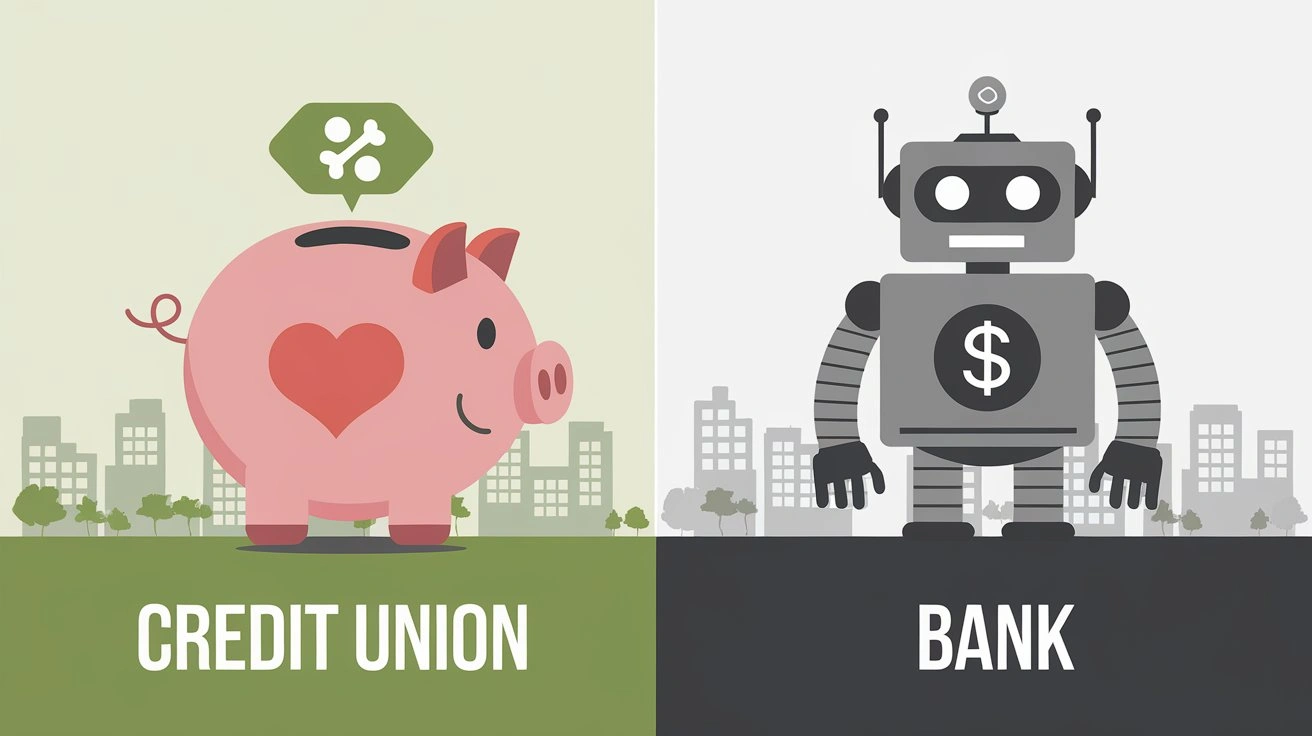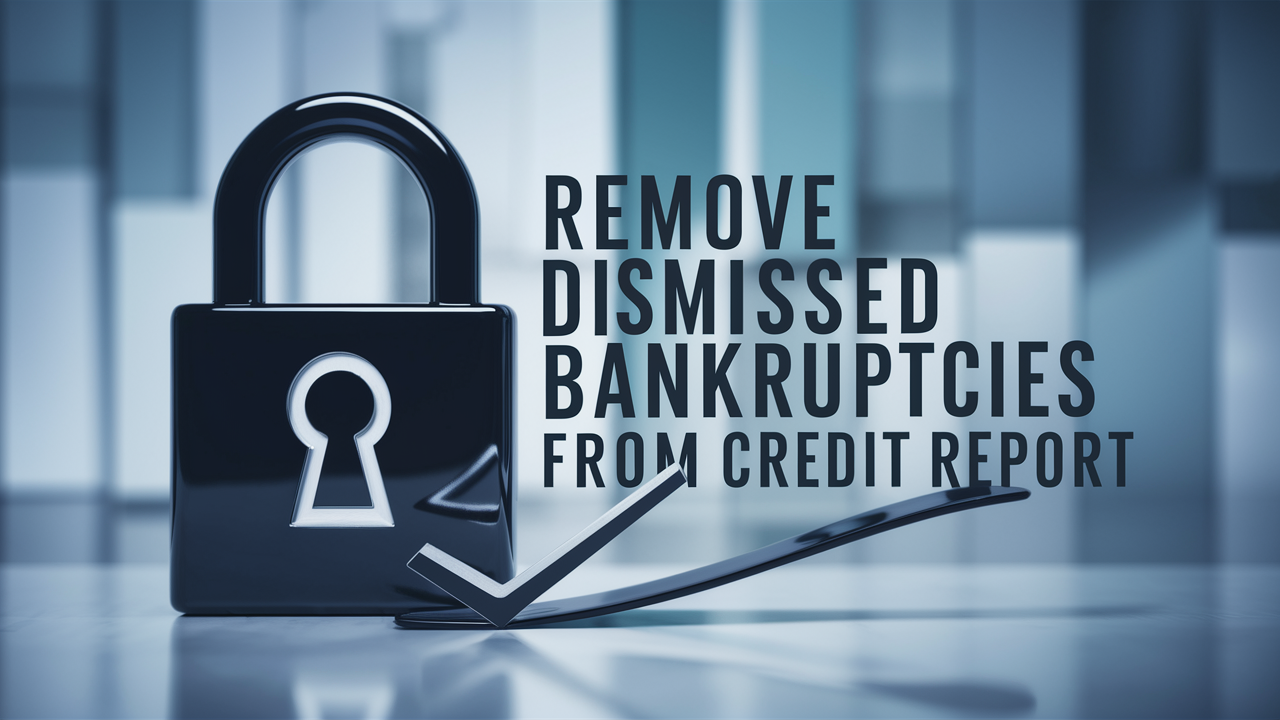How To Get Debt Off Credit Report?
Removing Yourself from Debt: How to Remove Unwanted Debt From Your Credit Report
It is frustrating to have a debt that is reported as a negative aspect of your credit report. Delinquent payments, collections, and other defaults can cause your credit score to plummet. Thankfully, there are ways to get some of the debts that you owe deleted from your credit report. Below are some useful ways on how it is possible to perform a challenge and deletion of the various kinds of debts.
Dispute Inaccurate Information
If you find any false, lacking proper verification, or even outdated information on any credit report, you have the right to challenge that information under the Fair Credit Reporting Act. Some things to watch out for might include debts that you have paid, debts that, because of the date or the amount, are incorrect, and debts where the creditor has reported the same delinquency severally, among others.
To dispute inaccurate information on your credit report, follow these steps:
First, obtain a copy of the credit reports from the three credit reporting agencies which include Equifax, Experian, and TransUnion. Study all three reports thoroughly and highlight any figures, numbers, or negative remarks that you do not understand or agree with.
Following that, write proposal letters with the credit bureau that is reporting the items in question. Word the complaint clearly and state each item and why it is incorrect, then ask the bureau to investigate and exclude the item(s) in question. You should also ensure that you carry copies of any document that you intend to use in support of your submission.
Mail the dispute letters to each credit bureau under a signature confirmation. This way, you ensure that the bureaus get your dispute letters by affixing a delivery receipt on the respective envelopes. Alternatively, disputes may be launched through the websites of the credit bureaus if this option is available.
According to the law, a credit bureau is supposed to carry out a detailed investigation of any item in dispute after 30-45 days. Should they fail in their effort to corroborate the disputed information, then they must delete those negative items from your credit reports. It can help increase credit scores, that can be of benefit when it comes to paying interest rates.
Negotiate Directly With Creditors
If you have any collection account in your credit report and you have not paid it, then there are ways by which you can talk directly to the creditor or the debt collector to erase it under certain conditions if you agree to pay what you owe. This is a practice that is broadly referred to as ‘pay for delete. ’
Pay for delete works when you go directly to the creditor or a collection agency that is seeking to get their money by demanding payment of the outstanding balance, then proposing that you pay for the outstanding balance in exchange for the agency agreeing to delete the negative item from your credit report. This should be put in writing and signed before any payment is made to the said person. Make sure they act accordingly, make the appropriate corrections to your credit report, and eliminate the collection account.
However, it is important to remember that creditors are not bound to accept ‘pay for deleting’ offers, but it may not be harmful to attempt. Whereas paying the debt results in the creditor initiating an update on your account status, Negotiated deletion will see to it that it is completely erased to improve your credit score.
Negative items will also be reflected on your report and it will take some time before they are removed.
Some of the information that may be reported to your credit reporting agencies may not be eradicated through disputing or negotiating with your creditor, in that case, there is nothing you can do than wait.
The Fair Credit Reporting Act allows most negative credit entries to remain in your credit report for seven years at most. These are the elements such as payments made a day or a week later than the designated time, charges written off, amounts that had to be collected, automobiles repossessed, houses foreclosed, and bankruptcies. Bankruptcy records may still show civil lawsuits and tax liens for seven years from the time it is filed.
The only outside circumstances are when the individual has finished a Chapter 13 bankruptcy; this could take up to ten years before they are removed from the credit reports. Meanwhile, student loan defaults may persist for up to seven years from the date of the first delinquency that contributed to the default status.
If it has been a while since you have gotten your credit reports, find out when the negative items are scheduled to be removed. It is interesting to note that once the seven to ten-year mark is served, the credit bureaus are mandated to delete those negative items. Your credit scores should then go up since those items are not going to be included anymore when they happen. Sometimes, it is just time and patience – that is all that is required.
Increase credit standing to Erase Credit Information.
Instead of focusing on the fact that the credit report carries some unfavorable items that need to be expunged, there should be a shift of focus on how to build credit. Materials that are detrimental to credit reputation include pieces of negative information that reflect failure in repaying loans, debts, and other obligations.
When positive payment history is established, then, ensure that credit card balances remain low as well as the credit utilization rate. It is wise to ask for credit limits on your revolving credit to be raised occasionally to reduce the overall credit utilization. New credit applications should rarely be sought, especially more than two or three times in any given year, since too many hard inquiries can negatively affect scores. Signing up for free credit monitoring is good to help check your progress.
The key is that by the time the more recent positive information gets to the reporting system and is recorded, the effects that the old negative items might have will not be as dramatic. Depending on the efforts devoted to credit rehabilitation, one can get the credit score back to the vicinity of Good to Excellent in roughly two years, even if there are still some negatives left. The newer positive information shows that you graduated, have maintained good financial responsibilities, and turned over a new leaf to lending institutions.
Final Word
When your creditors take you to collections or you have several late payments reflected on your credit report, you feel so demoralized. However, by using pay-for-deletion negotiations, disputing, credit optimization, and time, most of those unpleasant items can be expunged. Thus, remain constant and patient in removing all the negative remarks in your credit report to end up with a strong credit status.
Ready to boost your credit score? Call +1 888-804-0104 now for the best credit repair services near you! Our expert team is here to help you achieve financial freedom and improve your credit. Don't wait—get started today!
Related Stories
Recent Posts
Does Closing a Checking Account Affect Your Credit Score? Here’s the Truth
Is a Home Equity Loan a Second Mortgage? The Definitive 2025 Guide
Which Credit Score is Most Accurate? FICO vs VantageScore
Does Closing a Checking Account Affect Credit Score? – Complete Guide for Consumers
Credit Captain Reviews (2025): Is It Legit, Safe, and Worth It?



